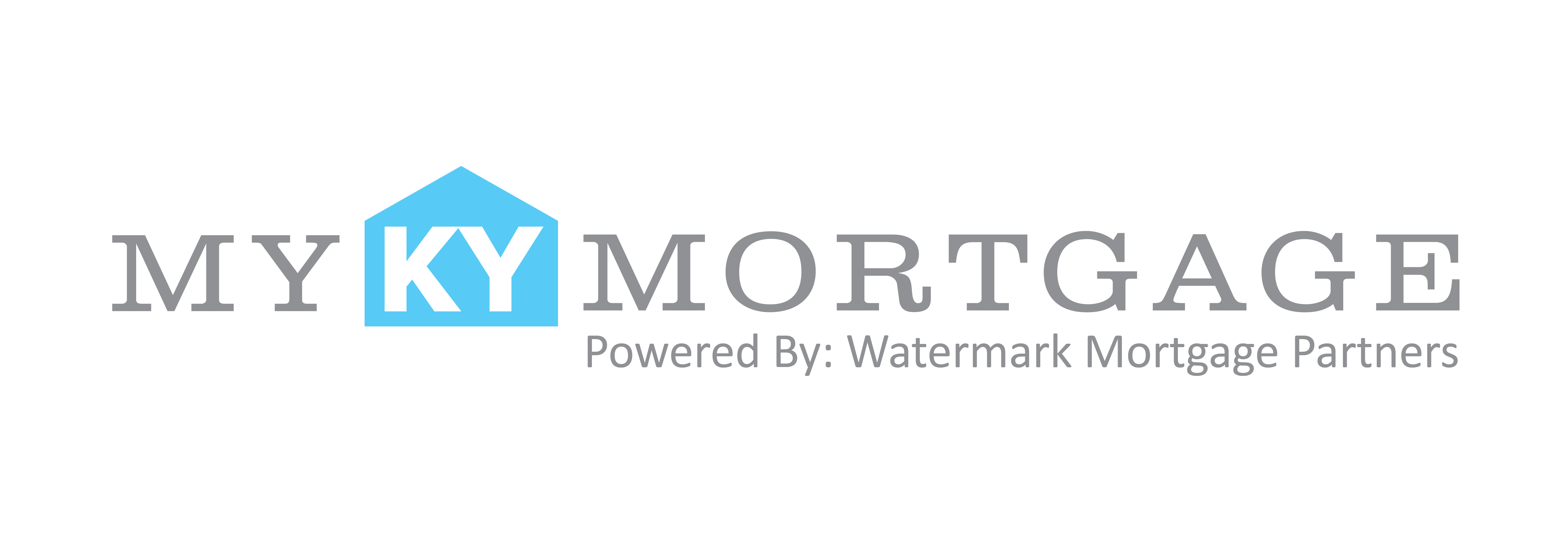A closing disclosure form outlines the terms and costs of your mortgage, and it’s one of the most important pieces of paperwork to check before you close on a home. Lenders must provide borrowers with a closing disclosure (or a CD) at least three business days before closing—that day when all of the remaining paperwork is signed and you get the keys to your new home. You also can see the CD as the official follow-up to a more preliminary document you received when you first applied for your loan called the loan estimate, or LE (also known as a good-faith estimate).
The LE outlined the approximate fees you would be expected to pay if you move forward with a lender to close on a home. But your closing disclosure is the real deal, which is all the more reason to scrutinize it carefully. Before Aug. 1, 2015, the CD was known by another name: the HUD-1 settlement statement.
Yet this document was long and confusing, and required by federal law to be distributed to home buyers only on the day of closing—which didn’t give them much time to address any issues. This is why the settlement statement was replaced by the much more streamlined five-page closing disclosure, and laws were changed so that lenders are required to provide this document at least three business days before closing.
But even so, the CD can still be confusing. Here, Realtor.com breaks it down so you know what you’re looking at.
Why you should compare your CD with your LE
When checking items on your CD, you’ll want to compare what you see with what’s on your loan estimate. Many of the numbers and terms should match (or be close), but some may change because weeks or even months may have passed since you first applied for you loan. Unless you locked in your mortgage interest rates, those rates may have changed. The title company or attorneys involved may have nudged up their fees. That’s all par for the course, but you’ll want to keep an eye out for errors such as typos in names or numbers.
Think such errors aren’t common? A recent survey of real estate agents by the National Association of Realtors found that half of agents have detected errors on CDs. In other words, it really pays to check this document carefully and ask your real estate agent for help. If any changes are significant enough or troubling to you, you’ll want to notify your lender and title or closing company immediately. Remember, you may have received your CD just three days before closing, so the clock is winding down fast.
If you do spot problems, depending on what the underlying issue is, changes can be made in a manner that does not disrupt the closing of the loan. In some cases, though, the closing may have to be postponed so that a new closing disclosure can be sent out with a new three-day review period.
What to check on your CD
Here’s a list of things to triple-check on your CD and compare with your LE from the Consumer Financial Protection Bureau:
Spelling of your name: Even minor misspellings can create big problems later.
Loan term: That’s how long your home loan lasts, typically 15 or 30 years.
Loan type: There are many types of loans, although conventional loans typically come with either a fixed interest rate or an adjustable-rate mortgage for which rates remain the same for only a certain number of years.
Interest rate: If you locked in your rate, it should remain the same.
“Cash to close” amount: This is how much money you need to bring to the table to close the deal, including your down payment and closing costs. Typically, home buyers pay the remainder of the funds through a cashier’s check or a wire transfer. (Depending on the bank, funds may need to be wired to a corresponding bank, which can delay receipt; also, some banks send out wires at only certain times of the day.)
Closing costs: These are fees paid to third parties (for example, the appraiser and underwriter) to facilitate in the sale of this home. If there are significant changes from your LE, ask your lender to explain why. But in general, home buyers can expect typical closing costs to amount to about 3 percent to 4 percent of the home’s sale price.
Loan amount: This number may have increased since your LE. One possible reason could be that closing costs have been rolled into your loan, which reduces your upfront costs but adds to your overall costs because of the added interest you’ll pay over the life of the loan. If you’re not sure why this amount has changed, ask your lender.
Estimated total monthly payment: This is an “estimate” because your monthly payment can change over time if, say, the interest rate on your ARM increases after the introductory rate expires. (You can use Realtor.com’s Home Affordability Calculator to make sure you’ll be able to comfortably afford to pay your monthly loan payments.)
Estimated taxes, insurance, and other payments: This amount can change over time if, say, your property taxes or homeowner’s association dues increase.



